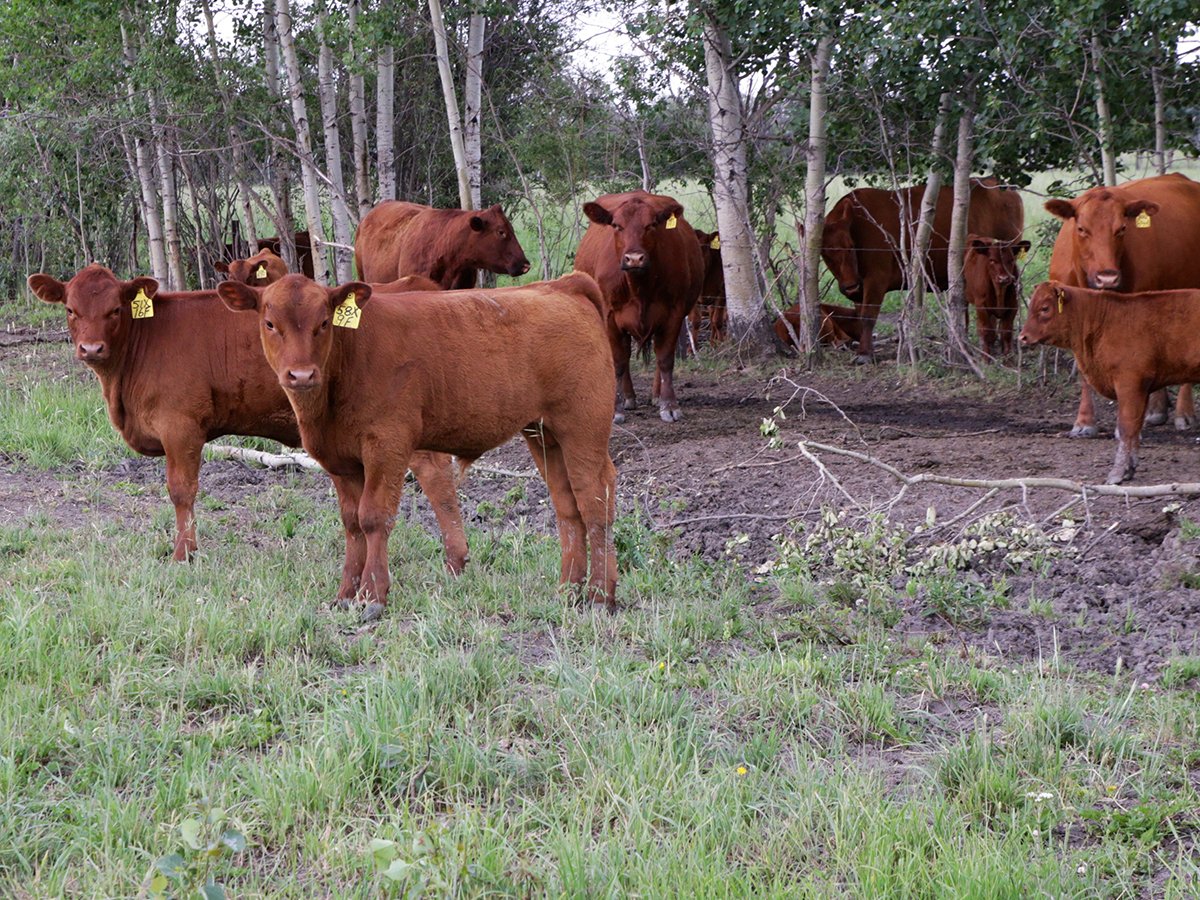Dairy calves face much more severe weaning than beef calves, but far too little is known about how this affects their lifelong health and productivity, a dairy calf researcher told the Manitoba Dairy Conference.
Everything from pre-birth cow nutrition to pre-weaning to post-weaning has been only lightly researched, with major gaps of knowledge about many areas.
For instance, University of Alberta’s Michael Steele said, even post-weaning studies and knowledge scarcely extend beyond cows six months of age
“That’s a huge hole in our knowledge and we need to do something about that,” said Steele at the opening of the annual conference in Winnipeg Dec. 7.
Read Also

Feeder market continues the climb
For the week ending Aug. 30, Western Canadian feeder cattle markets traded $4-8 per hundredweight higher on average.
“We really need to integrate what we’re doing pre-weaning with post-weaning.”
Beef calves are generally weaned slowly between six and eight months of age, but dairy calves tend to be weaned between six and eight weeks of life, which is a huge transition for a young animal to go through. Steele described it as “abruptly” and “early.”
A dairy calf’s rumen expands from about 25 percent of the stomach system to 80 percent between pre- and post-weaning, causing all sorts of internal changes.
While weaning has been extensively studied, there is still much to be learned, Steele said.
For instance, calves weaned at six weeks of age and those weaned at eight weeks show substantially different responses.
But the pre-weaning period is much less studied, as is the period after the calves have moved onto dairy cow rations.
There is good reason to believe that pre-weaning differences can have a major impact on milk production, Steele said.
If, for example, a calf needs antibiotics in its first six weeks, it is likely to produce about 500 kilograms less milk in its first lactation.
Other studies have shown similar large impacts of slower growth rates and health changes on the production of milk.
There is good evidence that improved nutrition in the pre-weaning period can help overall cow performance.
“If you’re going to invest in nutrition, even though the feed costs are really high during this stage, this is the best opportunity for you to invest,” Steele said.
“In general, when all is said and done, there are a lot of studies showing that the way that you feed a calf early in life can have a long-term impact and can affect their milk production.”
Calf health is probably highlighted in many Manitoba dairy farmers’ minds right now because the industry is expanding, trying to add about six percent to provincial milk production to be able to feed a new dairy processing plant opening in Winnipeg next year.
ed.white@producer.com















